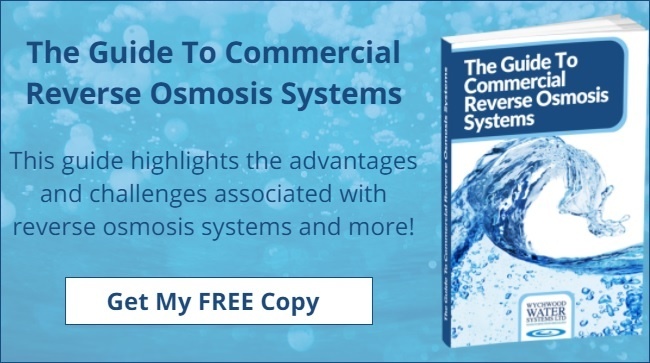The Complete System Design
Most water treatment and purified water systems are very reliant on good system design. When you introduce CDI into the system you take this a stage further.
The purified water system design should include at minimum, Raw Water break tank, inverter driven raw water boost pump, flow measurement, Shell based activated carbon bed with well designed clean cycle, Generously sized base exchange duplex volume controlled water softeners, 5 micron absolute rated depth filtration, High rejection Reverse Osmosis, the CDI unit itself. These are the typical building blocks, but the system can be configured in different ways. In choosing the plant room itself things like temperature and moisture should be considered. Feed water pre treatment is is everything in operating a trouble free CDI system.
Selecting The Right CDI Stack
Selecting the best CDI stack and power supply is fundamental to the whole system performance. The CDI stack has had a chequered history of premature failures and leaks. The stack manufacturers have completed a huge amount of development work over the last 20+ years. Today when integrated into the right conditions CDI is reliable and performs well on purified water quality. The power supply is also a critical part of the package. It is possible for the OEM to manufacture their own power supply, but given the development work undertaken it is probably best to purchase the power supply and stack as a package. Factors in selecting the best stack are track record, flow rate, technical and autopsy support, availability of spares, purified water quality, percentage of waste water, chlorine and CO2 tolerance.
System Instrumentation
For the best sustained performance the system needs to be operated and monitored to high standards. To achieve this, adequate instrumentation needs to be installed and tagged.
Pressure gauges before and after each stage. Flow gauges on all service, regeneration and reject flows. Hardness monitor, feed, permeate and purified water conductivity monitors.
If it is a pharmaceutical application it is also likely there will be an on line TOC monitor as well.
Operating information is king to the plant operators and managers in running a trouble free plant.
Reverse Osmosis Performance
Well maintained high rejection reverse osmosis is a pre requisite in the pre treatment to any CDI system. 99% TDS reduction is required. There are even examples where due to the feed water condition, (highTDS), twin pass RO has been required on the feed water. The RO membranes should be kept clean with a regular CIP and disinfection regime in place. Any decline in RO performance should be reacted to and corrected, as a deterioration of the CDI will follow.
Carbon Dioxide
CO2 can be the biggest factor if CDI does not perform adequately. By this we mean poor conductivity performance. Remembering that CO2 will pass through RO membranes in differing degrees. This will have an adverse effect on final water conductance and put the water out of specification.
The generation of CO2 is normally a direct factor of the amount of calcium carbonate in the feed water in the first place.
The best resolution is to identify the problem in the first place and to build De-gasser membranes into the CDI skid design. With these specialist membranes in place the Co2 passes through the de gasser membrane and is blown off using compressed air.
Bacteria Growth
CDI based purified water systems have been linked to poor bacteria performance in the past. However it is unfair to place the blame for this on CDI. Almost certainly this is a factor involving temperature, house-keeping, velocities and inadequate safeguards such as 254 UV Sterilisation.
It is quite normal to implement a system disinfection regime every three to six months. Most CDI systems include a degree of recirculation and bacteria can proliferate if the wrong operating conditions are encountered.
Ongoing Quality Service and Preventive Maintenance
Most CDI systems are critical applications.
They do require good preventive maintenance and calibration. In house staff should be well versed in monitoring and reacting to any significant change. There is also no substitute for a quality service partner with experienced Engineers who can provide reactive and progressive care both on and off site.






(EDI)(CEDI),%20How%20To%20Achieve%20A%20Trouble%20Free%20Performance.jpg?width=790&height=182&name=Continuous%20Electro%20Deioniser,%20(CDI)(EDI)(CEDI),%20How%20To%20Achieve%20A%20Trouble%20Free%20Performance.jpg)




 We are a specialist independent company involved in water purification and water treatment technologies
We are a specialist independent company involved in water purification and water treatment technologies


